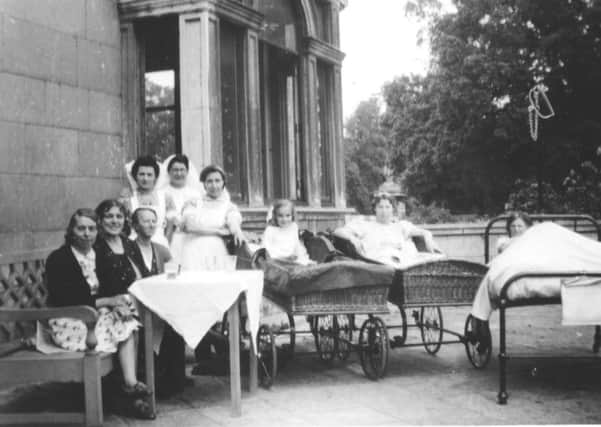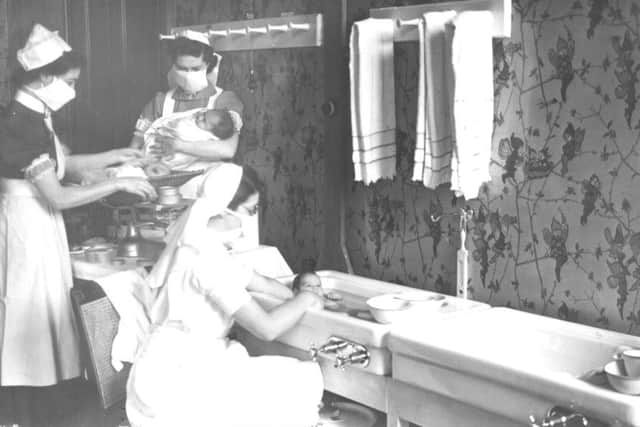Celebration time at Thorpe Hall


Thorpe Hall is one of the longest-standing landmarks in the region, having stood proud for 363 years.
The house was designed by Peter Mills under the direction of Oliver St John - Oliver Cromwell’s Lord Chief Justice and the husband of Cromwell’s favourite niece, Elizabeth.
Advertisement
Hide AdAdvertisement
Hide AdSt John knew exactly the kind of house he wanted – something which mirrored the Dutch architecture he had been so taken with during a spell living in Holland. As construction progressed, the high, cube-shaped house with its distinctive roof, dormer windows and tall chimneys must have attracted much interest. By August 1653 the diarist John Evelyn described it as “a stately palace.”


Oliver St John didn’t get to enjoy his new home and indeed may not even have seen the finishing touches being put to his house. When Cromwell died in 1658 St John immediately went to London. A number of tenants occupied the house over the following century before it became a boarding school for the ‘sons of gentry’ at the turn of the 19th century. Etched-in graffiti from that time can still be seen on the roof tiles.
More decades as a private home followed during which time the owners endured mixed fortunes. In 1926 Edward Meaker bought the house and park for £11,500, not much more than had been paid for it the previous century.
During the Second World War the house was requisitioned for use as a hospital. Local GP Dr William Marshall was involved in that decision.
Advertisement
Hide AdAdvertisement
Hide AdHis daughter Sheila Marshall subsequently worked at Thorpe Hall Hospice as a nurse – and is still a ward volunteer. “The hospital authorities were worried about the vulnerability of the old Memorial Hospital during the war, being so near to the railway line which was an obvious bomb target,” said Sheila. “Thorpe Hall was the nearest property of the right size to have on standby.”


On November 13, 1941, the agreed air raid procedure was put into place following a warning of intensive raids. Ambulances were to be a diverted to Thorpe Hall.
By 1942 more than 1,000 patients had been driven up Thorpe Hall’s long drive and through the iconic ‘eagle gates’ as they are known – although they are actually falcons taken from the St John family crest.
Within a year Thorpe Hall was being used as a convalescent home and maternity hospital – and a new era in the Hall’s history began.